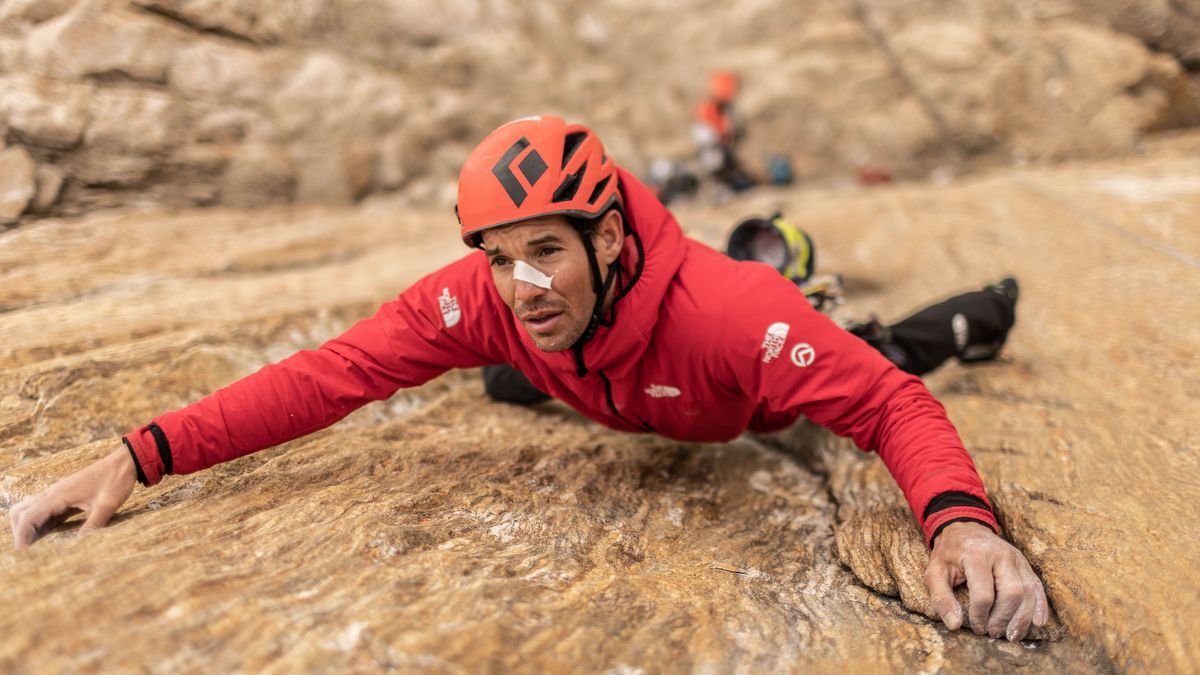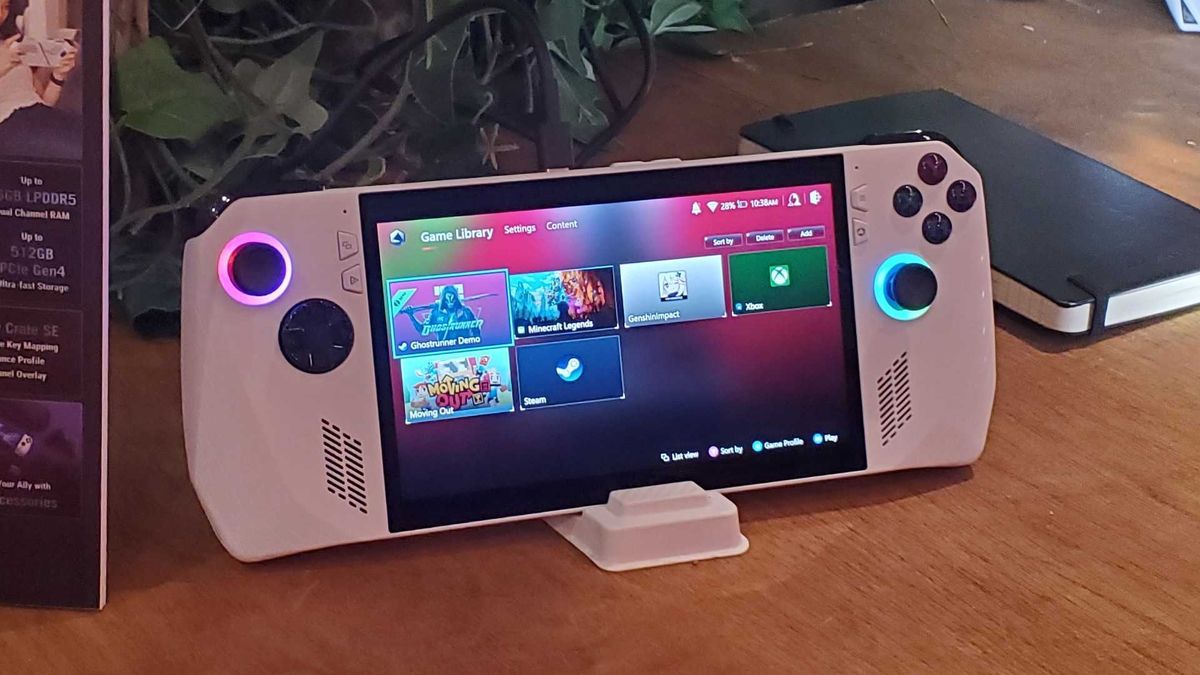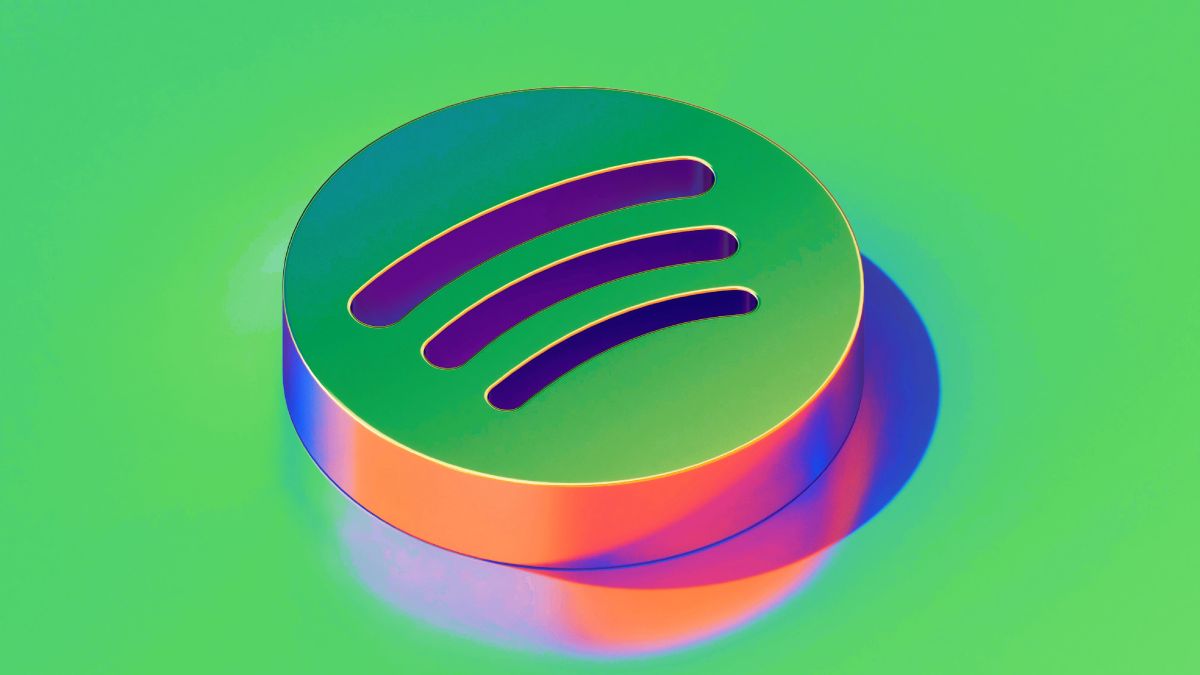We often talk about wearable tech in the context of the best running watches or the best sleep trackers, but what devices are helping the world's climbers?
The popularity of rock climbing and its sister sport, bouldering, has skyrocketed in recent years, thanks in large part to the success of Nat Geo's Oscar-winning climbing documentary. Free solo. At the center of that heart-stopping movie is Alex Honnold, a now 38-year-old climber who, in 2017, became the first person to reach the summit without ropes of the legendary El Capitan rock face in California.
Now, Honnold returns to the screens in Ascent to the Arctic with Alex Honnold – a three-part Disney Plus series in which he and a group of scientists attempt to conquer Greenland's 4,000-foot Ingmikortilaq sea cliff. TechRadar spoke with Honnold ahead of the show's premiere on February 4, and we took the opportunity to ask its star about the wearable technology he uses when he embarks on his death-defying climbs.
“Personally, I use Whoop,” Honnold tells us, “because I'm sponsored by Whoop and have used them for a while. I also sometimes use a Coros watch to track specific activities, as well as GPS, for navigation.
“I'm also using the Levels app right now, the continuous glucose monitor. I've been using it for about a month, just to try it out and see what it's all about. And I've actually learned a little about diet. [from using Levels]. Obviously, I've followed my diet in different ways throughout my life, I've tried to learn different things and using a glucose monitor has definitely proven to be another useful tool.
“But now I feel like a weirdo,” Honnold laughs, “because I've had to sync all those different things (Whoop, Chorus, the Levels app, etc.) through Apple Health so that the Levels app will automatically import the activities. It's too much, so I'm pretty sure that in about a month or two I'll go back in the other direction and give it all up. I'll just keep a general idea of how much activity I do each day using a stopwatch. The whole quantified self thing? “I like it and I think it's a useful and fun tool. But at a certain point I think, 'Do I care that much?' But every little bit definitely helps and there is a place for it.”
We hear you, Alex. It can be hard to know where to start (and end) with health-tracking apps and wearable tech in general, but Honnold's recommendations make for a solid quartet of devices to scale with.

In our Whoop 4 review, we described Whoop's latest fitness tracker as a “great tool” for anyone interested in seriously optimizing their workout and sleep routines. The screenless device presents all kinds of health-related data, and the Whoop algorithm takes into account a variety of factors before making its calculations, including where you are in your menstrual cycle, how well you slept last night, your heart-variability. speed, temperature and much more.
However, as Honnold points out, tracking all those metrics can sometimes seem excessive, which is why we only recommend Whoop if you're a true fitness fanatic looking to perform at your best.
The story is a little different for Coros watches, which can be considered simplified alternatives to the more expensive models from Garmin and Apple Watch. Honnold doesn't mention which Coros watch he uses specifically, but in our Coros Apex 2 review, Coros Apex 2 Pro review, and Coros Pace 3 review, we found that the latest three Coros models offer great GPS accuracy, lots of useful information. battery life and impressively lightweight designs.
@techradar ♬ original sound – TechRadar
As for the Apple Health app, this easily overlooked library of personal data pulls useful information from almost everything you do on your iPhone, including screen time, activity, sleep data, and even phone data. heart rate if you have an Apple Watch connected. We've detailed why the iOS Health app is more important than you think elsewhere on TechRadar, but we bet that if it's good enough for record-breaking climber Alex Honnold, it'll be good enough for you, too!
Arctic Ascent with Alex Honnold premieres on National Geographic on February 4. All episodes will be available to stream on Hulu and Disney Plus starting February 5.
You might also like…









